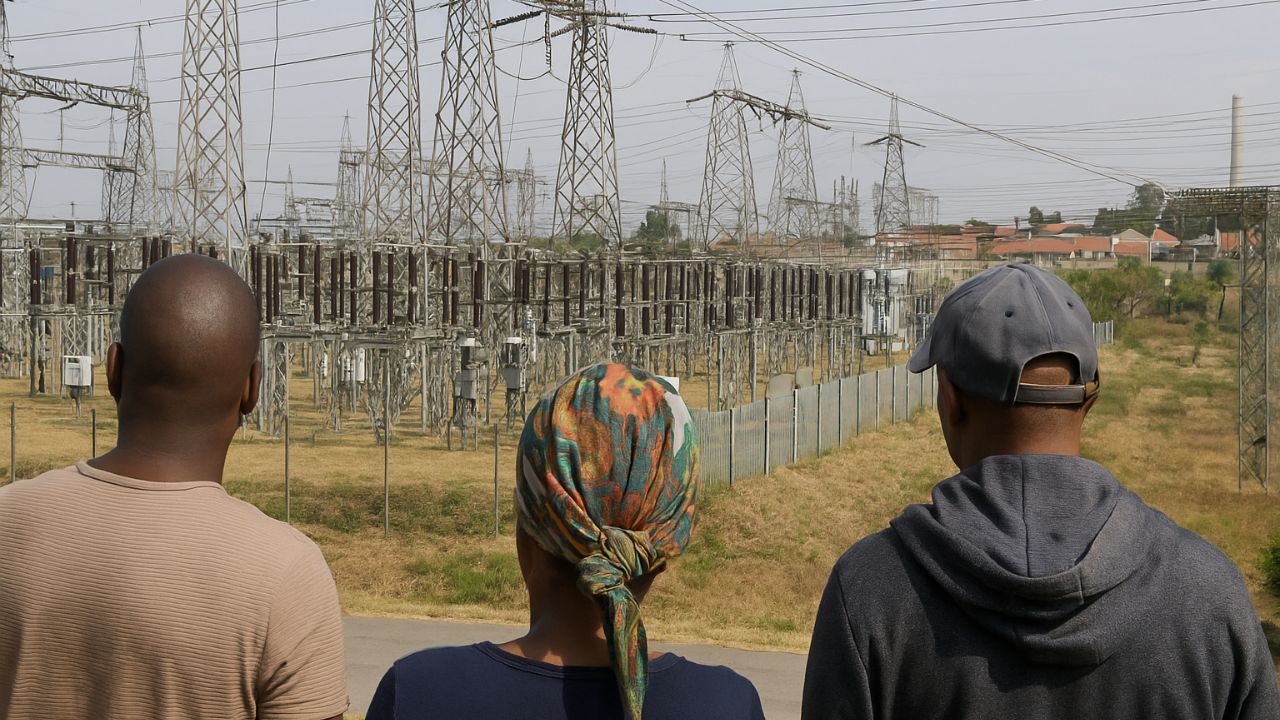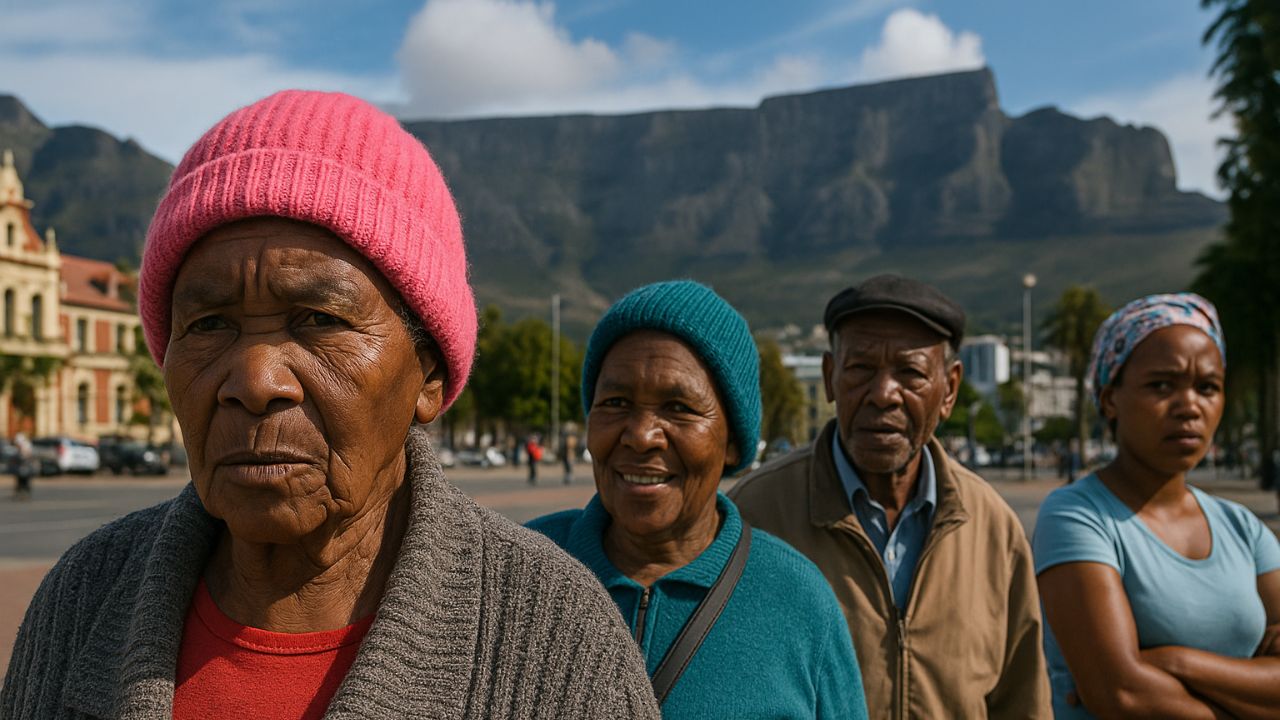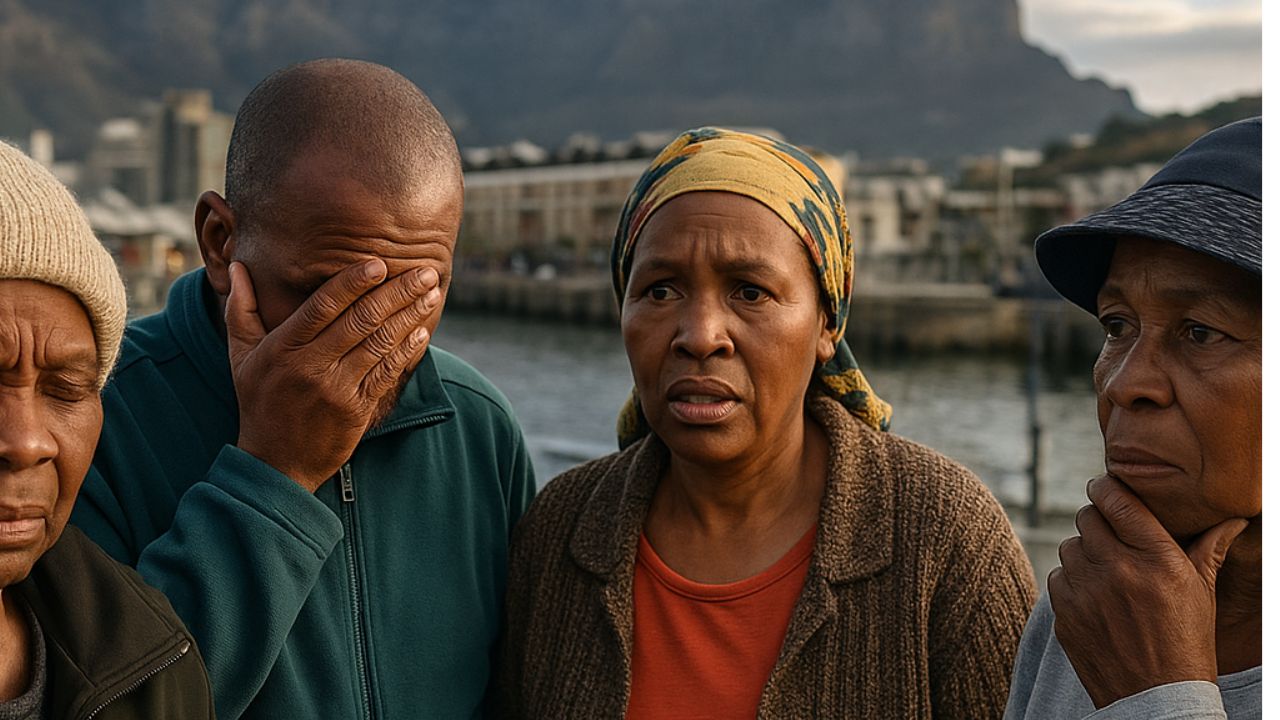
South Africans are bracing for yet another major disruption as “water shedding” threatens to follow the ongoing load shedding crisis. Across several provinces, ageing infrastructure, burst pipes, and low reservoir levels have pushed municipalities to introduce water rationing schedules similar to electricity cuts. Residents are already expressing frustration as water supply is expected to be restricted for several hours each day. Experts warn that the double challenge of power and water outages could worsen daily living conditions, impact local businesses, and even lead to health risks in certain communities if emergency repairs are not completed in time.
Why Water Shedding Is Becoming the New Reality in South Africa
Water shedding is not just a temporary inconvenience — it reflects years of underinvestment in municipal infrastructure. In cities like Johannesburg, Durban, and Gqeberha, poor maintenance of water systems, vandalism, and power cuts affecting pumping stations have created a dangerous cycle of disruption. With dams operating below sustainable levels and water demand rising, municipalities are being forced to rotate supply to prevent total system collapse. Authorities have confirmed that these measures may continue until early 2026 unless major repair and desalination projects accelerate under the Department of Water and Sanitation’s national plan.
How Load Shedding and Water Shedding Are Connected
The link between load shedding and water shedding is stronger than most people realise. When Eskom implements Stage 4 or higher load shedding, water pumps and purification plants stop working efficiently, leading to reduced water pressure and empty reservoirs. In some areas, it takes hours for the system to recover after power is restored, which extends the outage period. Water boards are now coordinating with Eskom to synchronise maintenance schedules, but experts caution that the risk remains high if energy stability isn’t achieved. This dual crisis highlights the urgent need for renewable energy investment and decentralised water systems across South Africa.
Regions Most Affected by Water Shedding and Expected Timelines
Several provinces are already implementing rolling water restrictions. Gauteng residents may face supply cuts every 24 hours for up to four hours, while KwaZulu-Natal and Limpopo have announced alternate-day water distribution schedules. Cape Town, though better equipped, has warned of potential disruptions if dam levels fall below 40%. The national government has allocated R10 billion for emergency pipe replacements and dam maintenance, but these repairs will take months. Meanwhile, residents are being urged to store water safely, fix household leaks, and report illegal connections to help stabilise local networks during this critical period.
Government Response and What Citizens Should Do Next
The South African government, in collaboration with municipal leaders, is developing a comprehensive “Water Resilience Plan” to combat the looming crisis. This includes fast-tracking desalination projects, deploying mobile purification units, and improving coordination between Eskom and local water boards. Citizens are encouraged to practice water-saving habits such as limiting garden irrigation, using greywater for cleaning, and installing low-flow taps. Authorities have assured that essential services like hospitals and schools will be prioritised in water allocation. However, without collective effort and urgent upgrades, experts warn that the nation could face its worst combined infrastructure challenge in decades.






